ItemNo :
LITH-SPFT2000MOQ :
1Compliance:
CE CertifiedWarranty:
2 yearsDelivery Time:
2 daysSingle Particle Force Properties Test System
Test Object
Lithium battery anode and cathode electrode materials
Test Particle Size
Single particle size: 5~50μm
Application
1. Testing the crushing strength of battery material particles
2. Can be used to evaluate the pressure resistance of the material
3. Guide the rolling process
4. Materials with high mechanical strength will have better subsequent cycle stability.
Product Introduction
1.Background
Testing the crushing strength of battery material particles can be used to evaluate the pressure resistance of the material and guide the rolling process. Materials with high mechanical strength will have better subsequent cycle stability.

2. Testing Object
Lithium battery positive and negative electrode materials(Positive: polycrystalline ternary; lithium-rich material; Negative: silicon-based, hard carbon, etc.; solid electrolyte)
3. Test Particle Size
Single particle size: 5~50 um

4. Equipment Composition


Testing Program
1. Testing Method
Disperse the powder into the liguid., Add it dropwise to the glass slide. Locate the single particle under an optical microscope. Control the pressure head to press down at a constant speed. Collect the force and displacement curves during the particle compression process and calculate the mechanical properties of the single particle.
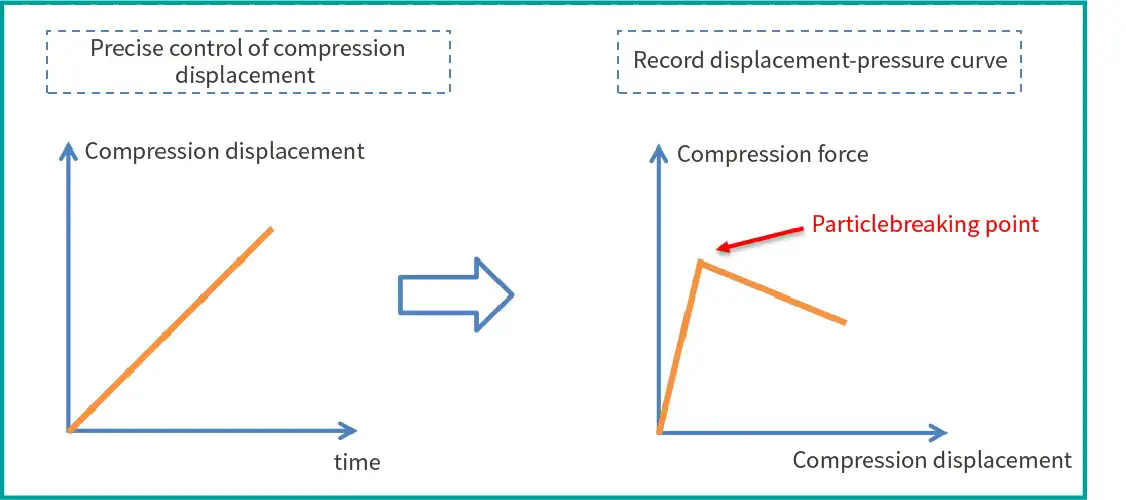
6) Comply with national standard GB/T 43091-2023″Powder Compressive strength Test Method”
Application Cases
1. Anode Material-Sic
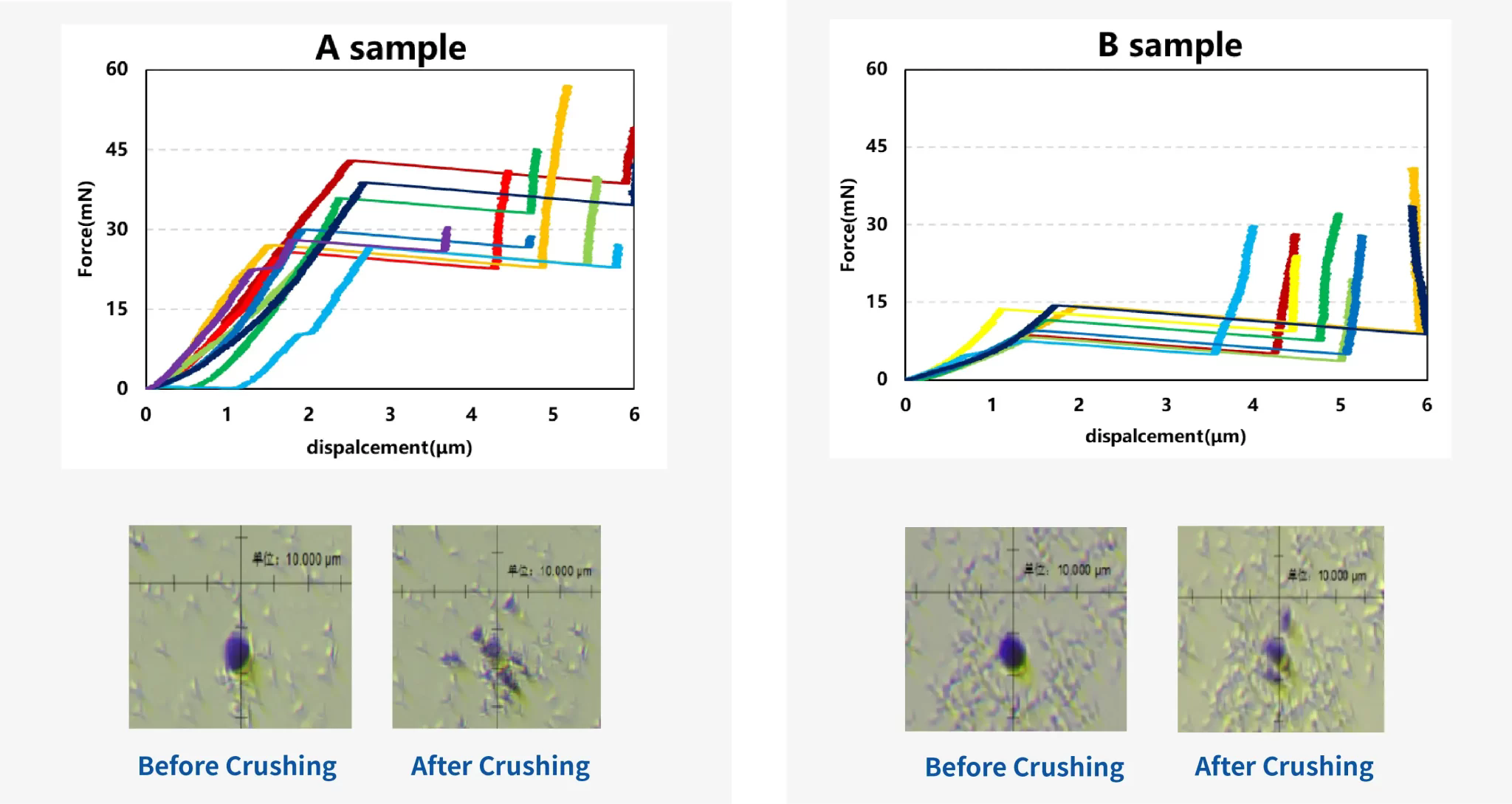
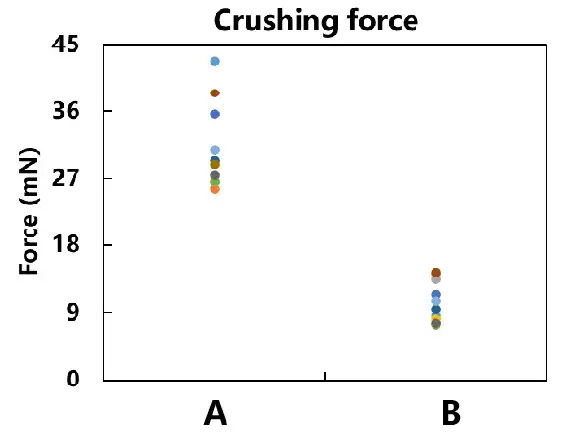
1) Two silicon-carbon materials with different electrode compaction.
2) Comparison of crushing force distribution: A>B.
3) Analysis of stress-displacement curves: Sample A exhibits initialmicro-crackingfollowed by complete collapse, while sample B expe-riences direct structural collapse and fragmentation.
4) Comparison of Disintegration States: after fracturing, all three groups disintegrate into fine granular states.
Particle Compression Resistance and Powder Compaction


The compressive resistance of particle level C1 is stronger. Corresponding to the powder end, C1has a higher compression modulus than C2, with both maximum deformation and irreversible deformation smaller than C2.
Case 2: Three Different Carbon-Silicon Materials

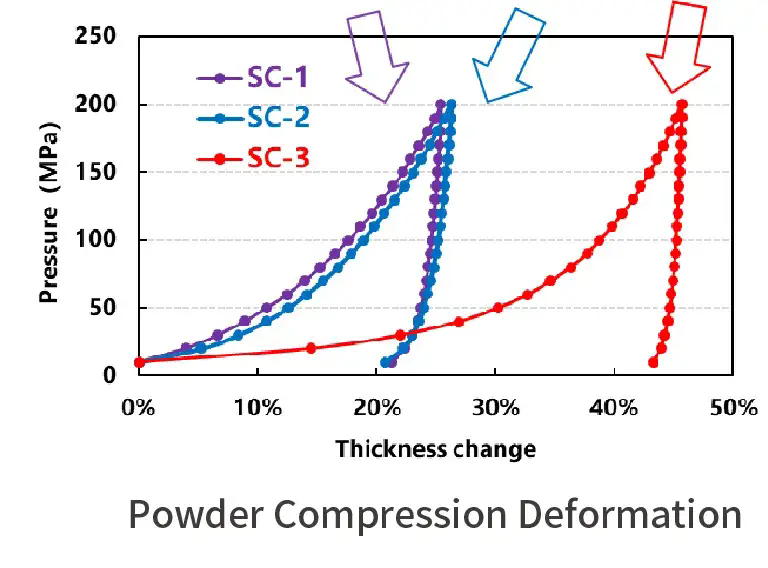
SC-3 has weaker compressive strength of its particles, resulting in significantly larger maximum deformation and irreversible deformation when the powder is compressed compared to theother two materials.
2. Ternary Cathode Material-NCM811
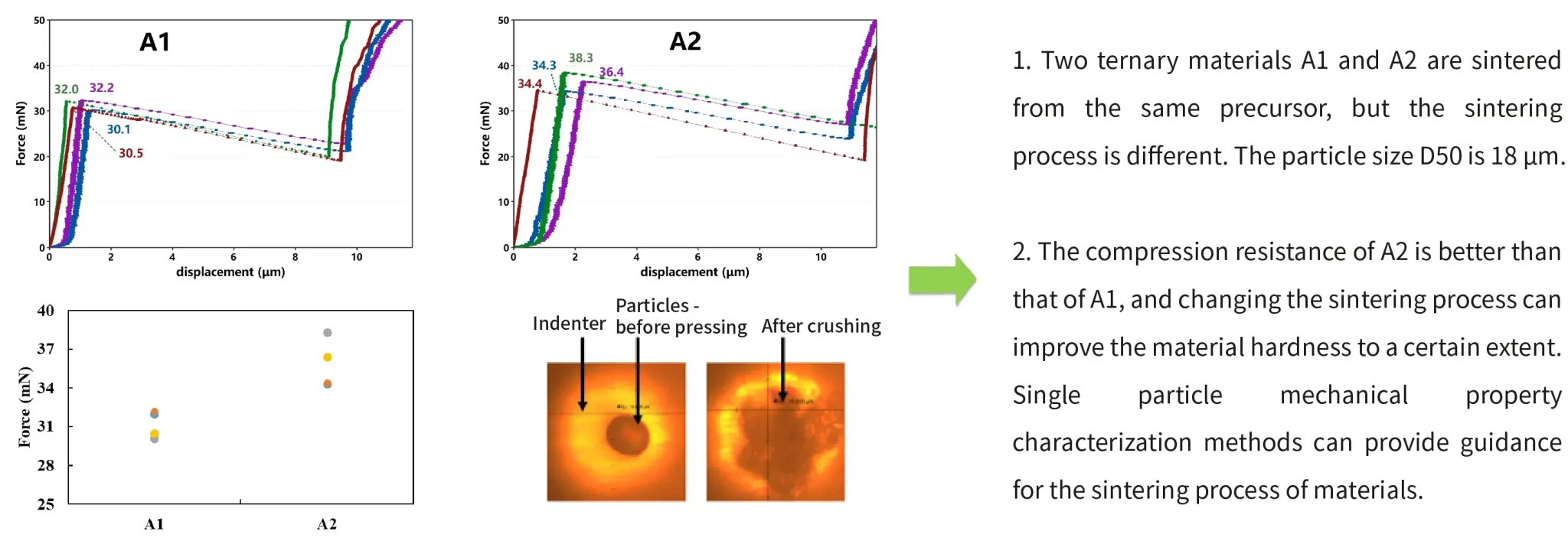
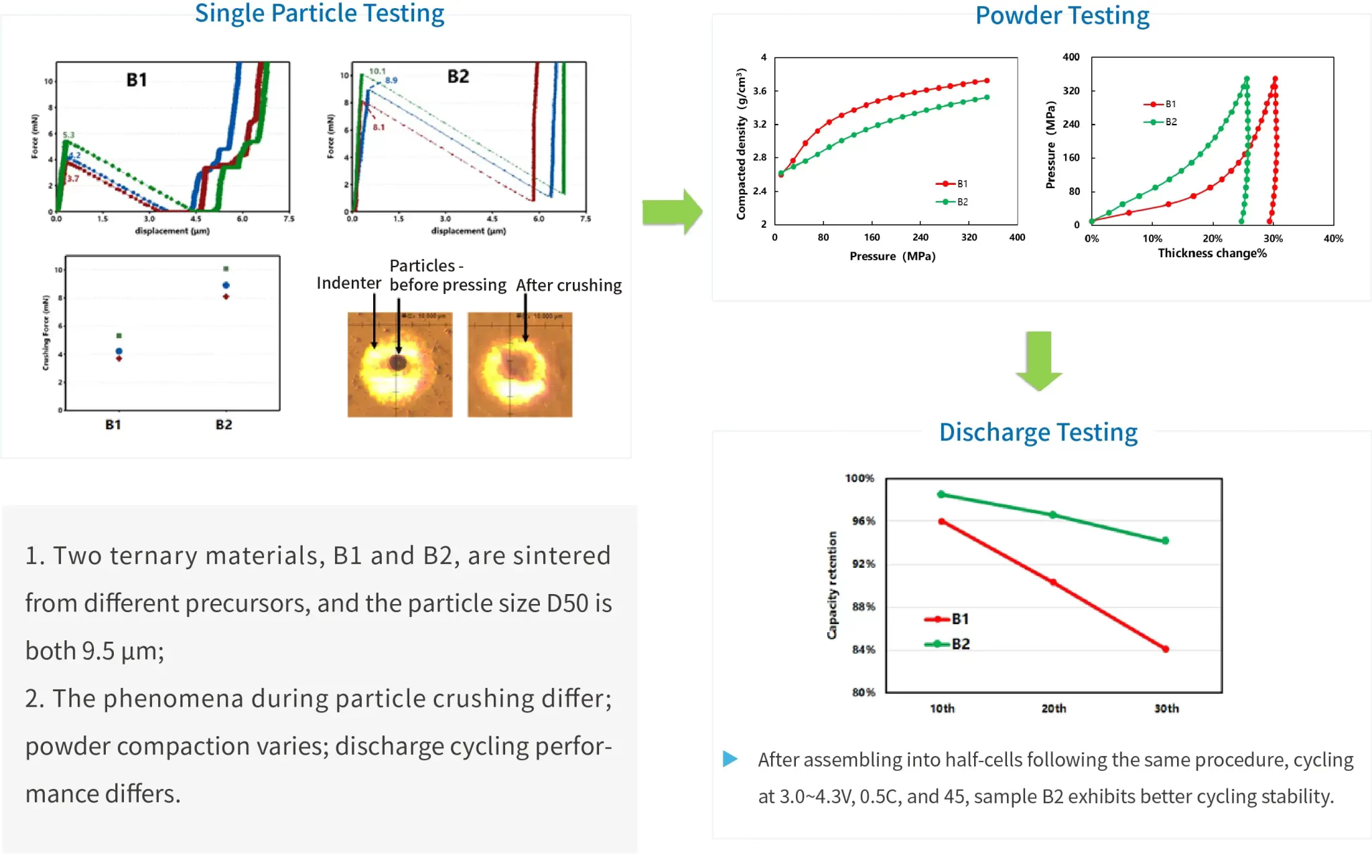
Specifications
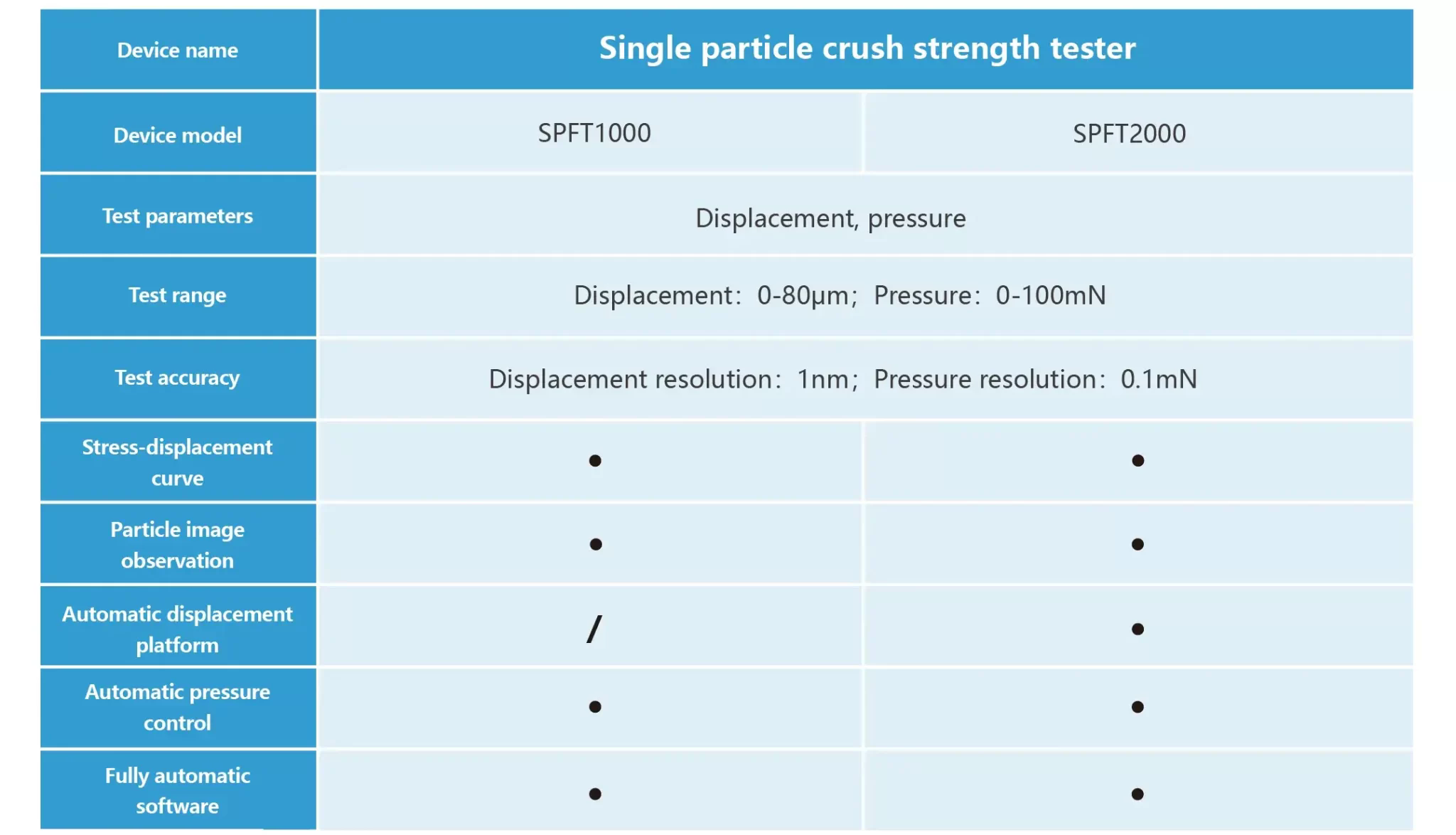

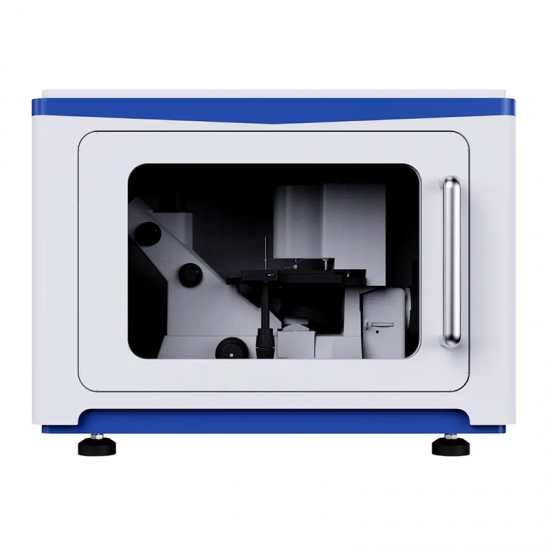
![]()
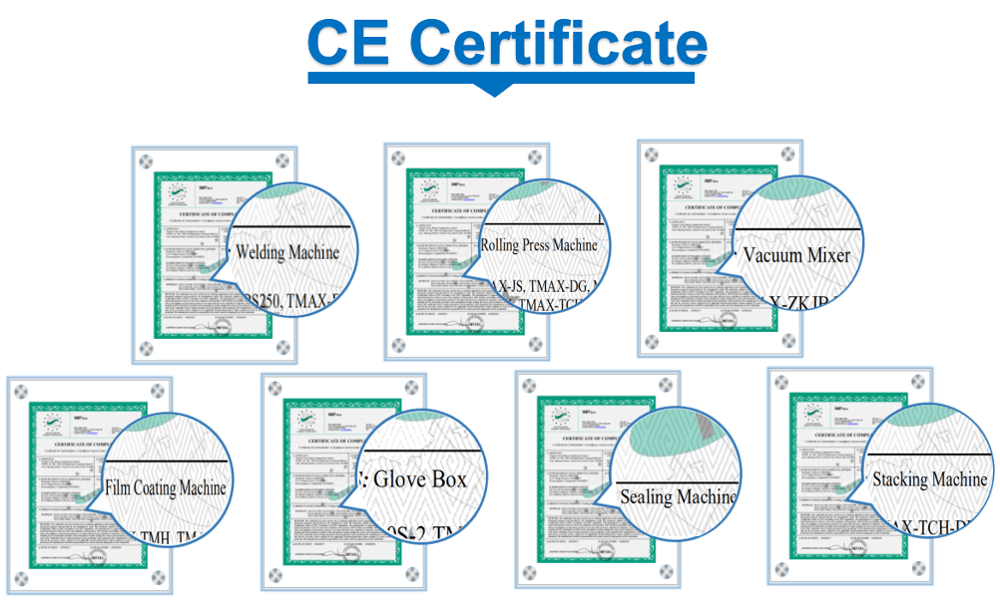
![]()

![]()
1 Standard exported package: Internal anticollision protection, external export wooden box packaging.
2 Shipping by express, by air, by sea according to customers' requirements to find the most suitable way.
3 Responsible for the damage during the shipping process, will change the damaged part for you for free.
DELIVERY TIME: 15-20 days after confirming the order, detail delivery date should be decided according to
production season and order quantity.


 ONLINE
ONLINE +86 13174506016
+86 13174506016 Louis@lithmachine.com
Louis@lithmachine.com +86 18659217588
+86 18659217588
 18659217588
18659217588